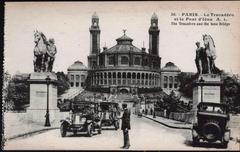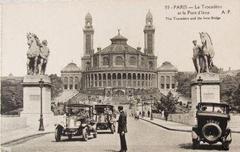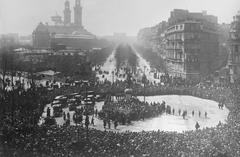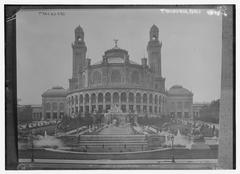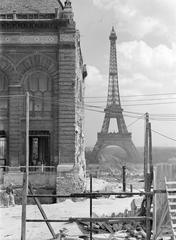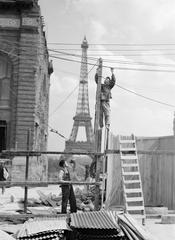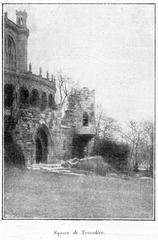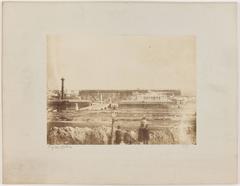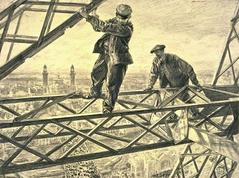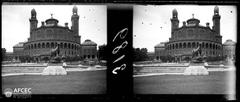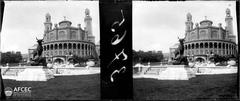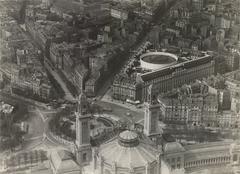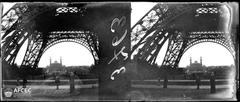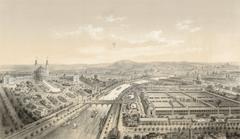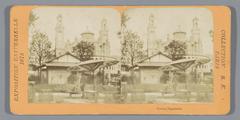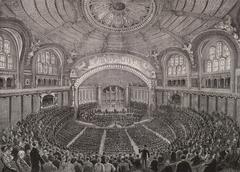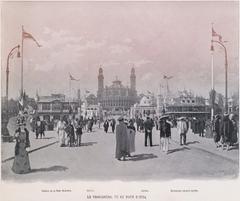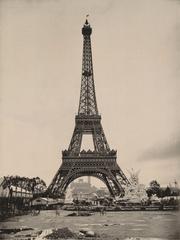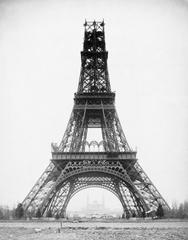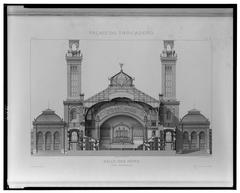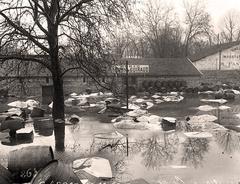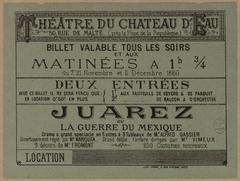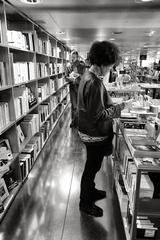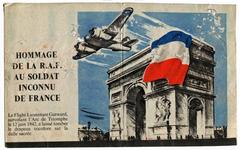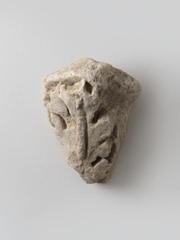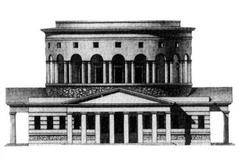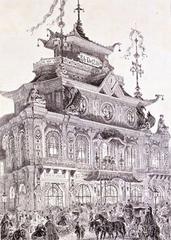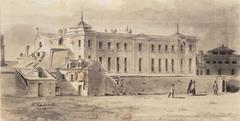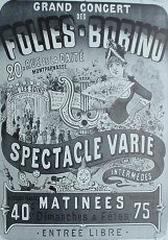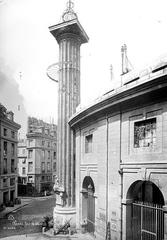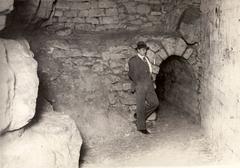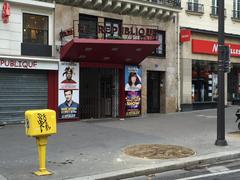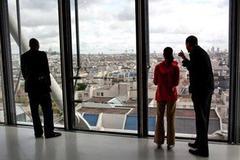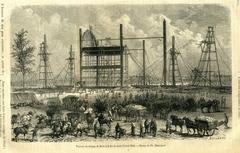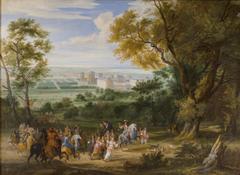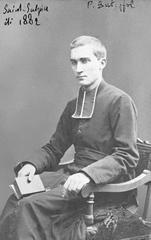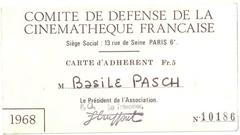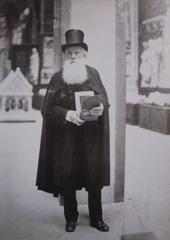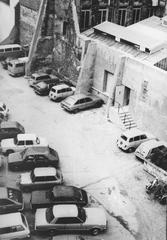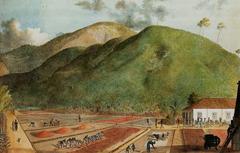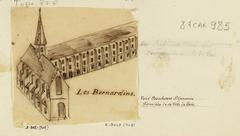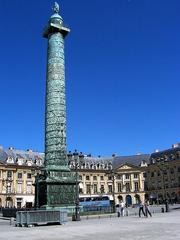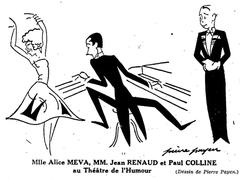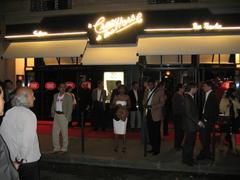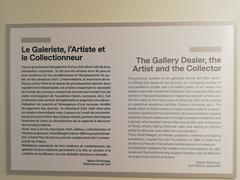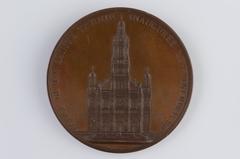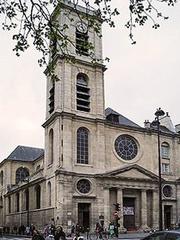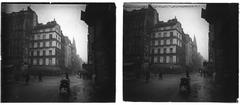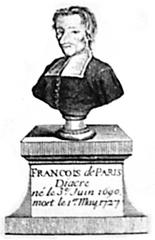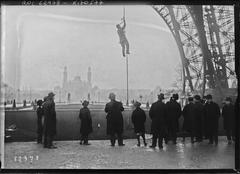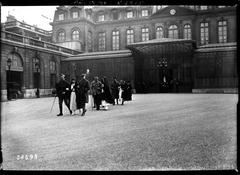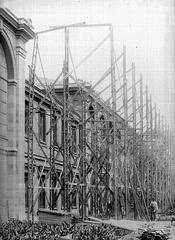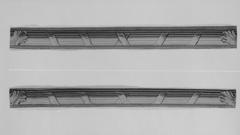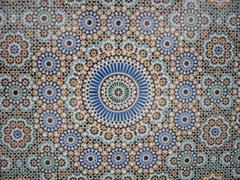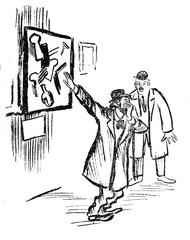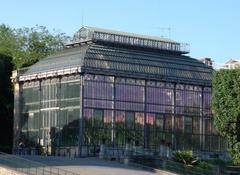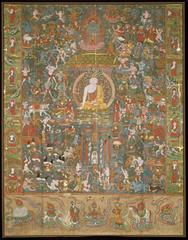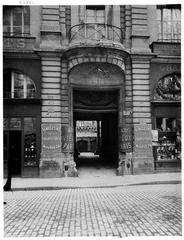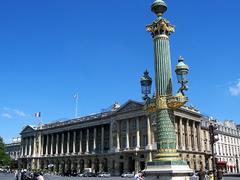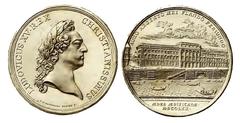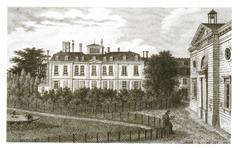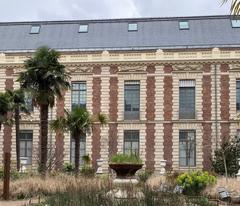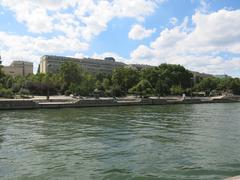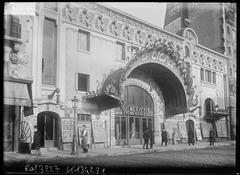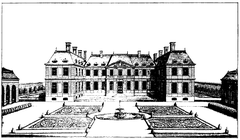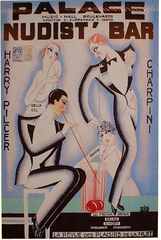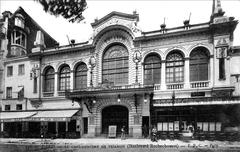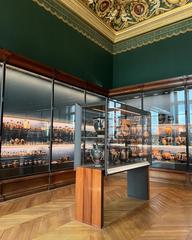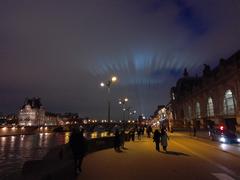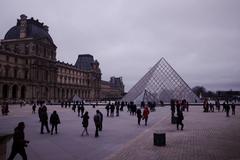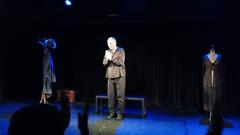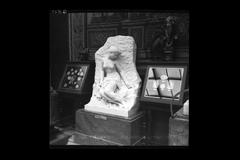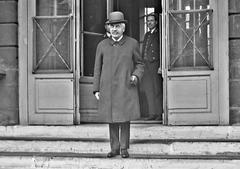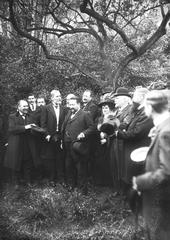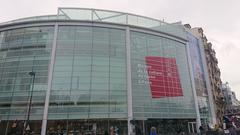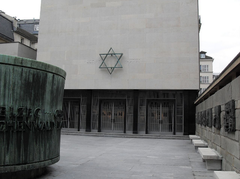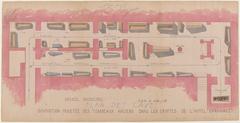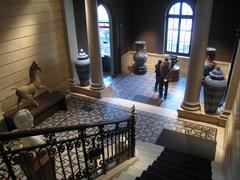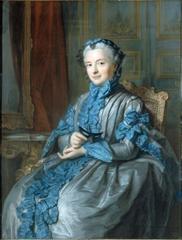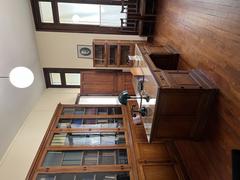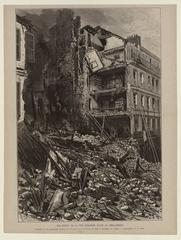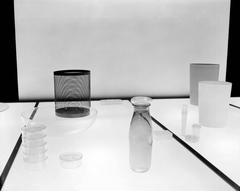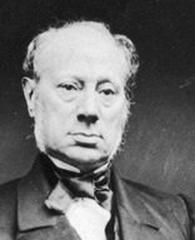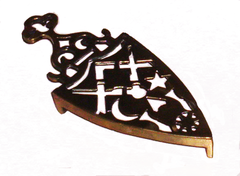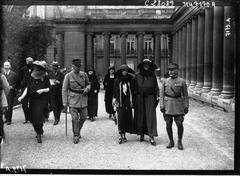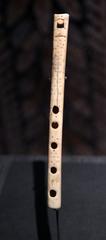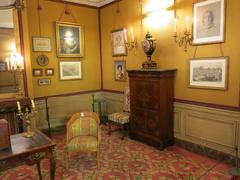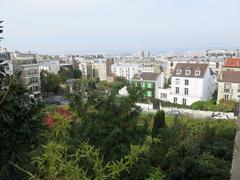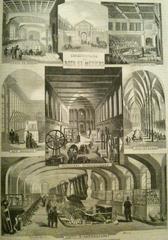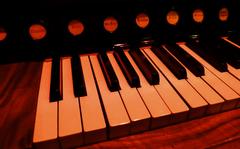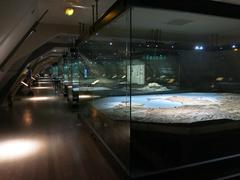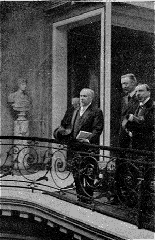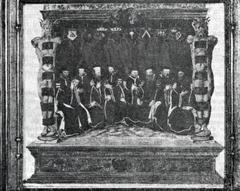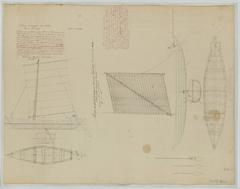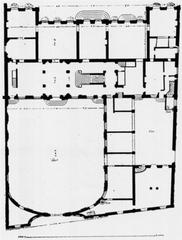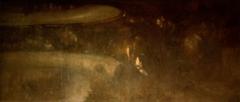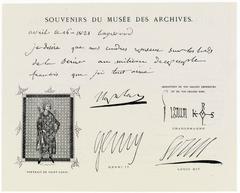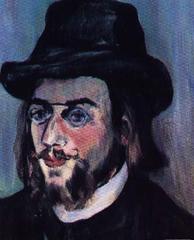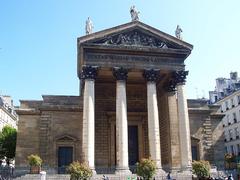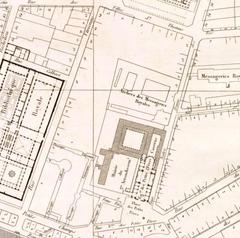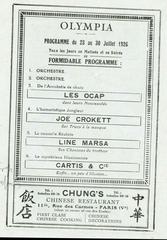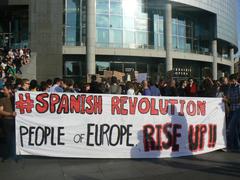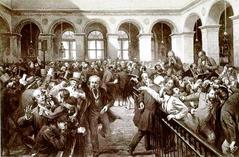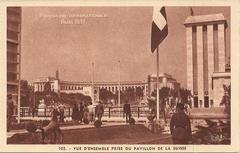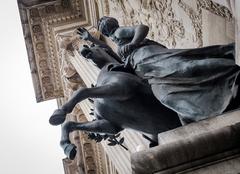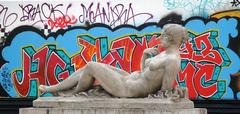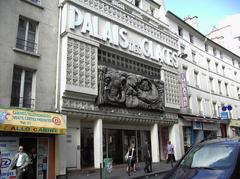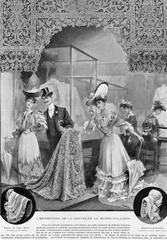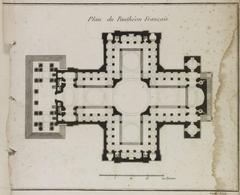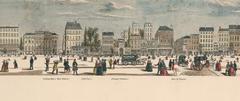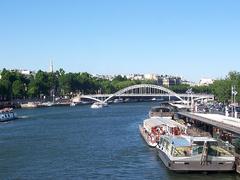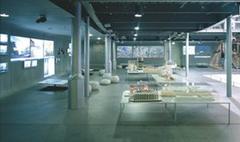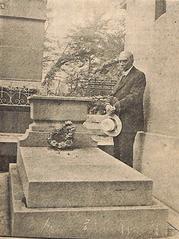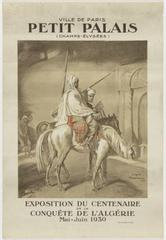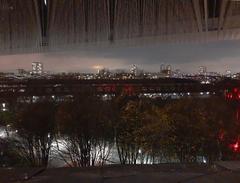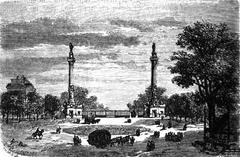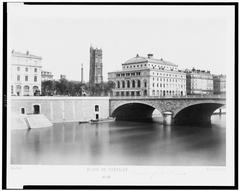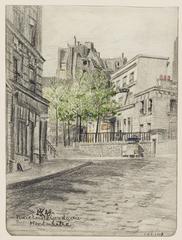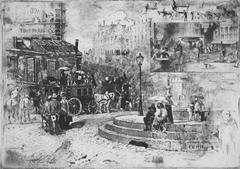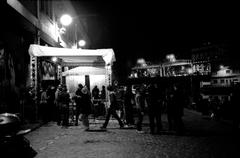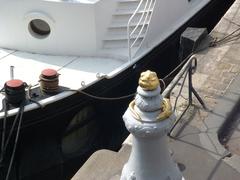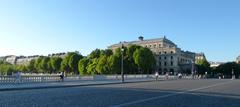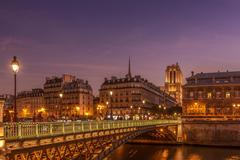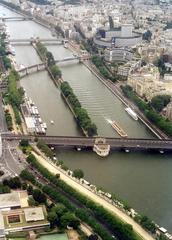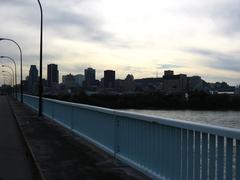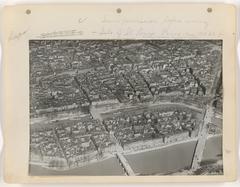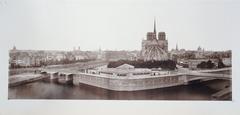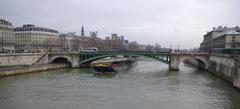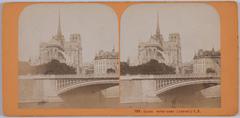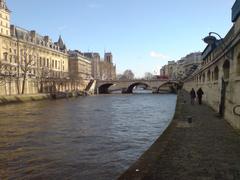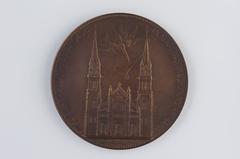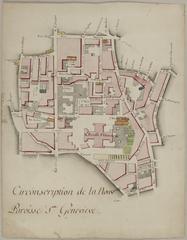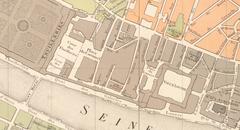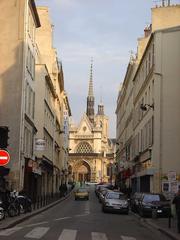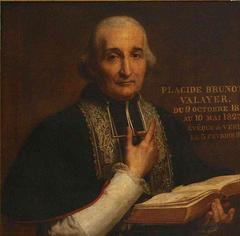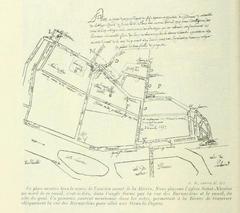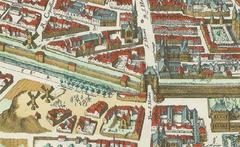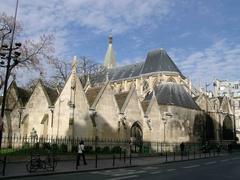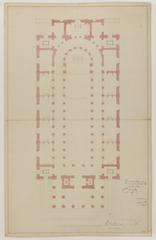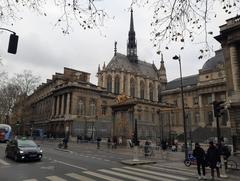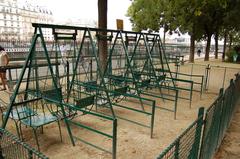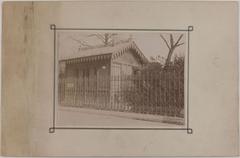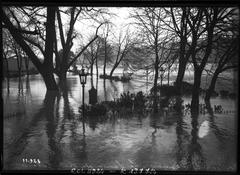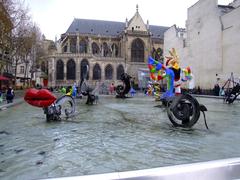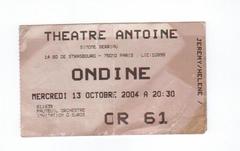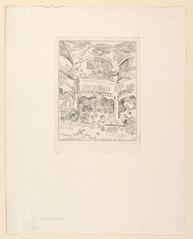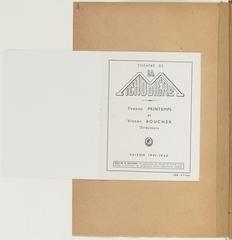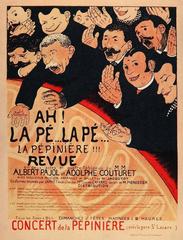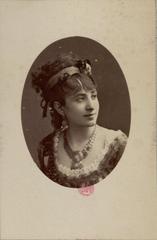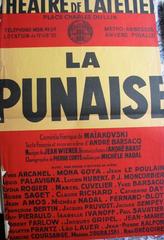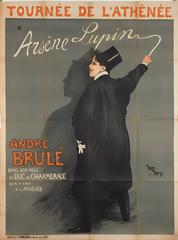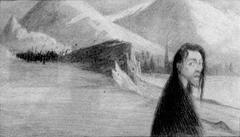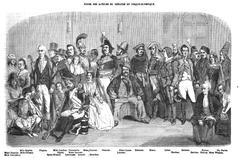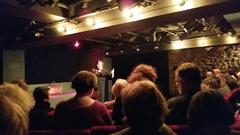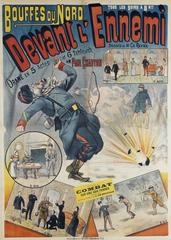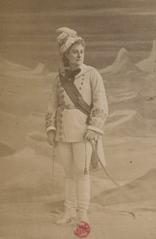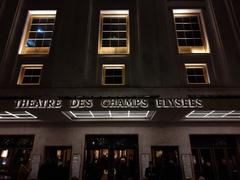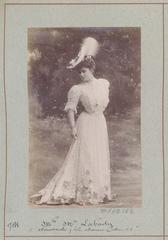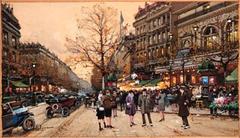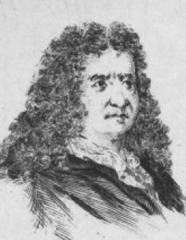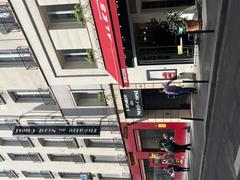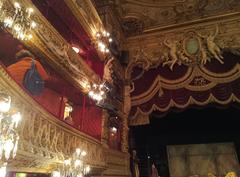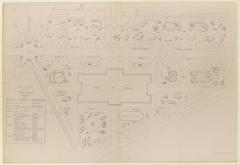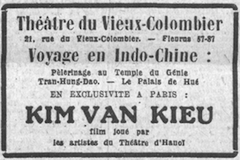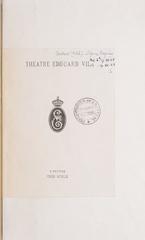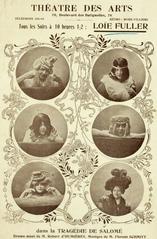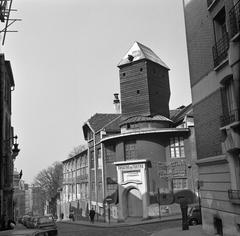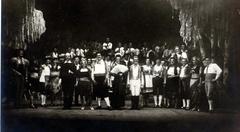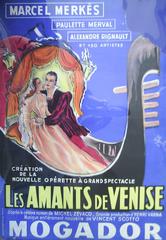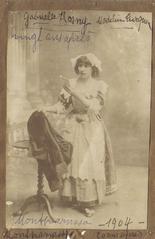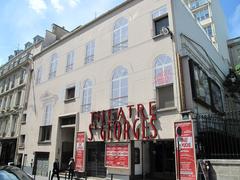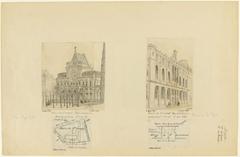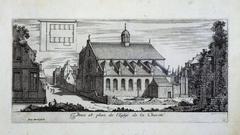
Visiting Palais du Trocadéro: Hours, Tickets, and Historical Significance
Date: 17/07/2024
Introduction
The Palais du Trocadéro in Paris is a site steeped in history and architectural grandeur, making it a must-visit destination for travelers. Originally constructed for the 1878 World’s Fair, it was designed by architects Gabriel Davioud and Jules Bourdais, known for its eclectic mix of Moorish and Byzantine styles. The structure was an emblem of France’s cultural and industrial prowess during the late 19th century (source). The Palais du Trocadéro’s location on the hill of Chaillot offered commanding views of the Seine River and the Eiffel Tower, which would later be built for the 1889 World’s Fair (source). Over time, the site has evolved, and the original structure was replaced by the Palais de Chaillot in 1937, which retained some of its predecessor’s design elements but embraced a more modern architectural style (source). Today, the Palais de Chaillot continues to serve as a vibrant cultural hub, housing important institutions like the Musée de l’Homme and the Cité de l’Architecture et du Patrimoine, and providing stunning views of the Eiffel Tower (source). This comprehensive guide explores the rich history, architectural features, visitor information, and more to help you make the most of your visit to this iconic Parisian landmark.
Table of Contents
- History and Architectural Features
- Visitor Information
- Nearby Attractions and Accessibility
- Special Events and Guided Tours
- Photographic Spots
- FAQ Section
- Conclusion
History and Architectural Features
Origins and Construction
The Palais du Trocadéro was constructed for the 1878 World’s Fair (Exposition Universelle) in Paris, France. The site chosen for the palace was the hill of Chaillot, which offered a commanding view of the Seine River and the Eiffel Tower, which would be built later for the 1889 World’s Fair. The design of the palace was the work of architects Gabriel Davioud and Jules Bourdais. The structure was notable for its eclectic architectural style, combining elements of Moorish and Byzantine design. The central feature of the palace was a large concert hall, flanked by two towers, each 76 meters high (source).
Architectural Features
The Palais du Trocadéro was an architectural marvel of its time. The main building was characterized by its grandiose scale and eclectic style. The central rotunda, known as the Salle des Fêtes, could accommodate up to 5,000 people and was used for concerts, conferences, and other large gatherings. The two towers provided a striking visual balance and were adorned with intricate details and sculptures. The palace also featured extensive gardens, designed by landscape architect Jean-Charles Alphand, which included fountains, statues, and a variety of plant species (source).
Role in the 1878 World’s Fair
The Palais du Trocadéro played a central role in the 1878 World’s Fair, serving as the main venue for many of the event’s activities. The fair was a showcase of technological and cultural achievements from around the world, and the palace hosted numerous exhibitions, concerts, and conferences. One of the most notable events held at the palace was the first performance of the “Marseillaise” as the French national anthem. The fair attracted millions of visitors and helped to establish Paris as a leading center of culture and innovation (source).
Post-World’s Fair Use
After the 1878 World’s Fair, the Palais du Trocadéro continued to be used for a variety of purposes. It became a popular venue for concerts, exhibitions, and other cultural events. The palace also housed several museums, including the Musée de l’Homme (Museum of Mankind) and the Musée de la Marine (Maritime Museum). These institutions showcased a wide range of artifacts and exhibits, from ethnographic collections to maritime history (source).
Demolition and Replacement
By the early 20th century, the Palais du Trocadéro had begun to show signs of wear and was considered outdated. In preparation for the 1937 World’s Fair, the decision was made to demolish the palace and replace it with a new structure. The demolition began in 1935, and the new building, known as the Palais de Chaillot, was completed in time for the fair. The Palais de Chaillot retained some elements of the original design, including the two towers, but featured a more modern architectural style. The new palace continued to serve as a cultural and exhibition center and remains a prominent landmark in Paris today (source).
Visitor Information
Visiting Hours and Ticket Prices
The Palais de Chaillot, which now stands on the site of the former Palais du Trocadéro, is open to the public. Typical visiting hours are from 10:00 AM to 6:00 PM, though it is advisable to check the official website for any changes. Ticket prices vary depending on the exhibitions and events, with general admission usually around €12. Discounts are often available for students, seniors, and children.
Travel Tips
Located in the 16th arrondissement, the Palais de Chaillot is easily accessible by public transport. The nearest metro station is Trocadéro, served by lines 6 and 9. From there, it’s a short walk to the palace. The site is also well-served by buses and taxis.
Nearby Attractions and Accessibility
Nearby Attractions
The Palais de Chaillot is situated in a prime location with several nearby attractions. The Eiffel Tower is just across the Seine River, offering an excellent opportunity for stunning photographs. The Musée de l’Homme and the Cité de l’Architecture et du Patrimoine are also located within the Palais de Chaillot complex, making it convenient to explore multiple cultural sites in one visit.
Accessibility
The Palais de Chaillot is accessible to visitors with disabilities. Ramps and elevators are available, and the staff is trained to assist with accessibility needs. It’s recommended to check the official website for detailed accessibility information before your visit.
Special Events and Guided Tours
The Palais de Chaillot hosts a variety of special events throughout the year, including exhibitions, performances, and conferences. Guided tours are available and provide in-depth information about the history and architecture of the site. Booking a guided tour in advance is recommended to ensure availability.
Photographic Spots
For photography enthusiasts, the Palais de Chaillot offers some of the best views in Paris. The terrace provides a panoramic view of the Eiffel Tower and the Seine River, making it a popular spot for capturing stunning photographs. The gardens and fountains also offer picturesque settings for photos.
FAQ Section
Q: What are the visiting hours for the Palais de Chaillot?
A: The typical visiting hours are from 10:00 AM to 6:00 PM. It’s advisable to check the official website for any changes.
Q: How much are the tickets?
A: General admission is usually around €12, with discounts available for students, seniors, and children.
Q: What is the nearest metro station?
A: The nearest metro station is Trocadéro, served by lines 6 and 9.
Conclusion
The history of the Palais du Trocadéro is a testament to the enduring legacy of world’s fairs and their impact on the cultural and architectural landscape of Paris. From its origins as a centerpiece of the 1878 World’s Fair to its eventual replacement by the Palais de Chaillot, the Trocadéro has played a key role in the development of international expositions and the promotion of cultural exchange. Today, the site remains a vibrant cultural hub and a symbol of Paris’s rich history and architectural heritage (source).
Call to Action
Stay up-to-date with the latest events and exhibitions at the Palais de Chaillot by following us on social media and checking our website regularly. Don’t forget to download our mobile app Audiala for a personalized tour experience!
References
- Davioud, G., & Bourdais, J. (1878). Palais du Trocadéro source
- World’s Fairs Info (2019). Palais du Trocadéro Pavilion source
- Eutouring (2023). Palais du Trocadéro source
- Paris Info (2023). Musée de l’Homme source
- United Nations (1948). Universal Declaration of Human Rights source
- Paris Info (2023). Palais de Chaillot source
- Cité de l’Architecture et du Patrimoine (2023). Official Website source
- Musée de l’Homme (2023). Official Website source

